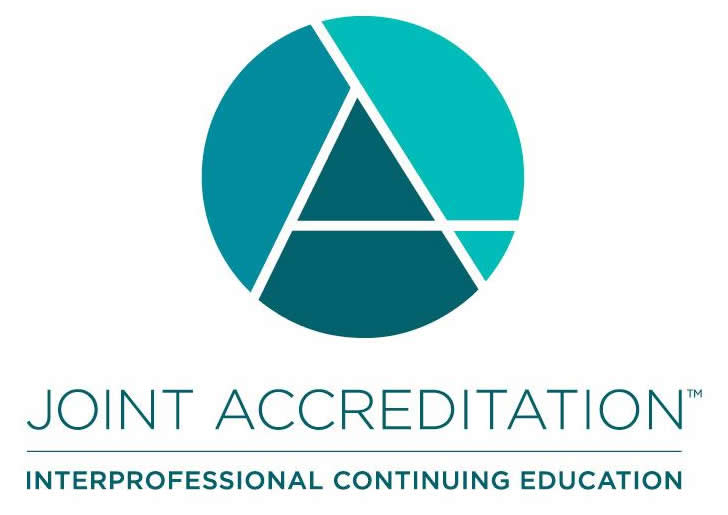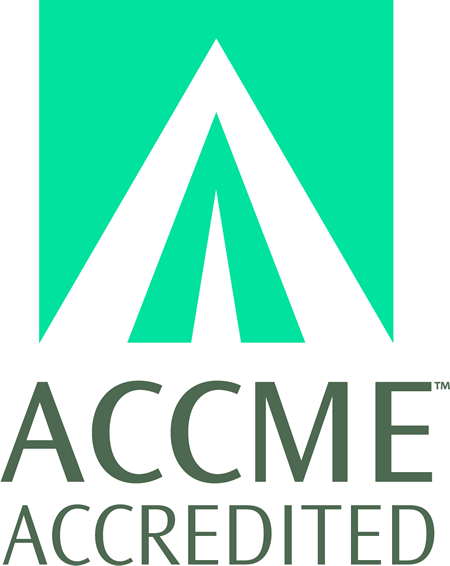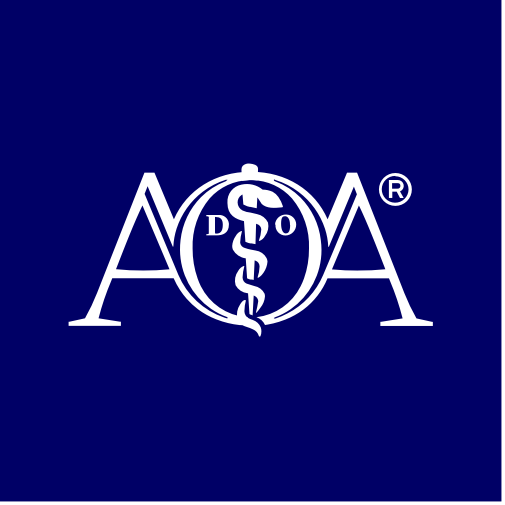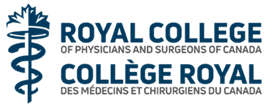
COURSE CREDITS & HOURS
16 AMA PRA Category 1 Credits™16 ACPE Credits
16.0 Contact Hours
COURSE FEES
TARGET AUDIENCE
PROGRAM PURPOSE
-
Heart Failure - 2 hours
- Define pathophysiologic mechanism of heart failure.
- Describe acute clinical signs and symptoms used to diagnose heart failure.
- Interpret diagnostic tests used in evaluation of heart failure, including natriuretic peptides, echocardiography, chest radiograph and ECG findings.
- Differentiate between heart failure preserved ejection fraction (HFpEF) and heart failure with mildly reduced ejection fraction (HFmrEF), based on current ACC/AHA and the ESC classifications.
- Identify guideline-directed medical therapies for heart failure including beta-blockers, ACE inhibitors/ARBs, ARNIs, MRAs and SGLT2 inhibitors.
- Outline indications for advanced therapies such as cardiac resynchronization therapy, implantable cardioverter-defibrillators, mechanical circulatory support and heart transplantation.
- Discuss common approaches to common complications associated with heart failure to include hypotension, worsening heart failure, and worsening kidney function.
-
Syncope - 1 hour
- Define syncope and distinguish it from other causes of transient loss of consciousness.
- Describe the major pathophysiological categories of syncope, including reflex (neurally mediated), orthostatic, and cardiac causes.
- Identify high-risk features in the history, physical examination, and ECG that suggest a cardiac or life-threatening cause of syncope.
- Perform a focused evaluation of a patient presenting with syncope, including history-taking, orthostatic vital signs, and appropriate diagnostic testing.
- Interpret key diagnostic studies used in syncope evaluation, including ECG, prolonged electrocardiogram monitoring, echocardiogram, and tilt-table testing.
- Outline evidence-based management strategies for common syncope including vasovagal, orthostatic hypotension, and cardiac.
- Recognize red flags that warrant urgent evaluation.
-
Palpitations - 1 hour
- Define palpitations and describe common patient-reported symptoms and descriptors.
- Identify common etiologies of palpitations, including cardiac, psychiatric, metabolic, and substance-related causes.
- Differentiate life-threatening causes of palpitations from benign etiologies using clinical features and initial diagnostic testing.
- Outline evidence-based diagnostic approach to patients presenting with palpitations, including history, physical examination, ECG, ambulatory monitoring, and laboratory testing.
- Interpret common arrhythmias associated with palpitations.
- Develop individualized management plans based on underlying etiology, symptom burden, and risk stratification.
- Recognize red flags that require urgent or emergent referral.
- Incorporate recent advances and guidelines into the clinical evaluation and long-term management of patients presenting with palpitations.
-
2025 Update on Hypertension and Evaluation of Severely Elevated Blood Pressure - 1 hour
- Discuss hypertensive terminology to include severe asymptomatic hypertension and hypertensive emergency.
- Identify key clinical features and signs of target-organ damage including neurologic, cardiac, renal, and vascular manifestation.
- Recognize high-risk presentations such as hypertensive encephalopathy, acute aortic dissection, acute pulmonary edema, and acute renal failure.
- Interpret relevant diagnostic studies to confirm target-organ damage.
- Discuss appropriate intravenous antihypertensive agents based on the clinical scenario and comorbidities.
- Discuss appropriate management of severe asymptomatic hypertension in both the inpatient and outpatient setting.
-
ECGs Not to Miss - 1 hour
- Apply a systematic approach to ECG interpretation that enhances diagnostic confidence.
- Recognize high-risk ECG findings associated with life-threatening cardiac conditions.
- Detect arrhythmias with significant clinical implications.
- Recognize conduction system abnormalities.
- Distinguish ECG findings caused by non-cardiac conditions.
-
Atrial Fibrillation - 1 hour
- Describe the pathophysiology and epidemiology of atrial fibrillation (AF), including key risk factors and disease progression.
- Review the classifications of AF.
- Recognize the clinical presentation of AF.
- Discuss initial management of AF and selection of rate control agents.
- Differentiate rate versus rhythm control strategies and apply evidence-based indications for each.
- Interpret and apply risk stratification tools to guide anticoagulation decisions.
- Compare pharmacologic efficacy and safety profiles of available oral anticoagulants, including warfarin and direct oral anticoagulants (DOACs).
- Recognize and manage bleeding risk and complications associated with anticoagulation use.
- Evaluate perioperative and procedural anticoagulation management, including bridging strategies when necessary.
- Review of Top Influential Clinical Trials - 1 hour
Topics for Dr. Martin: Of course. Here are those topics formatted with bold tags.
Dr. Martin's Topics
- My Errors in Medicine Can Help You.
- Chief Complaint of Chest Pain, So Now How Do I Work It Up?
- A "Breathtaking Lecture," Asthma and COPD Updates.
- "Stop Coughing on Me!" Pneumonia and Bronchitis Updates.
- Does Patient Experience Matter?
- Is it ONLY a Skin and Soft Tissue Infection?
- "THIS is COVID Jeopardy!"
- Applying Leadership Literature to Medicine































